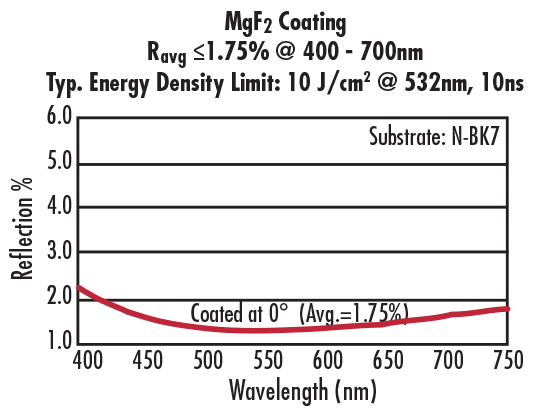
Molded Aspheric Condenser Lenses are pressed, hardened, and annealed to meet precise optical and mechanical specifications. The hardening process improves the durability of the lenses, making them less susceptible to thermal shock and scratching than traditionally polished lenses. These Molded Aspheric Condenser Lenses are ground and polished on the second surface, enhancing the overall precision of the lenses. Molded Aspheric Condenser lenses are ideal for a wide range of illumination and detection applications, including biotech instruments such as DNA sequencers and polymerase chain reaction (PCR) testing platforms.

or view regional numbers
QUOTE TOOL
enter stock numbers to begin
Copyright 2024, Edmund Optics Singapore Pte. Ltd, 18 Woodlands Loop #04-00, Singapore 738100
California Consumer Privacy Acts (CCPA): Do Not Sell or Share My Personal Information
California Transparency in Supply Chains Act
The FUTURE Depends On Optics®